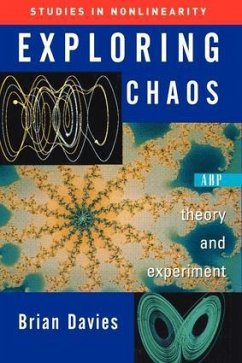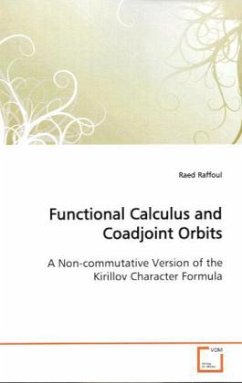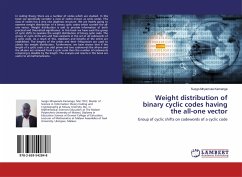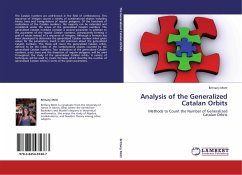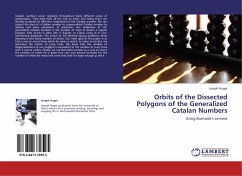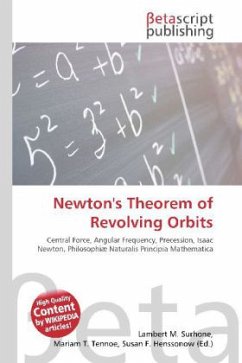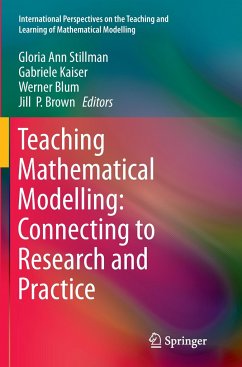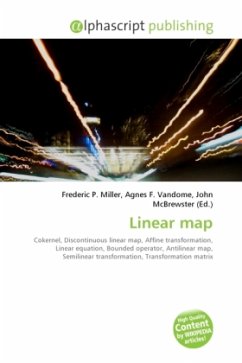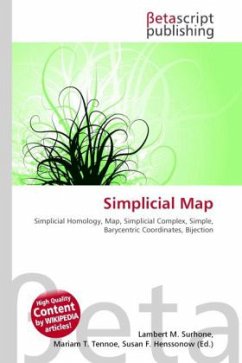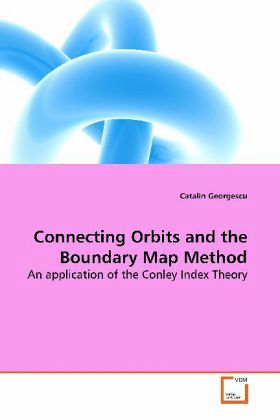
Connecting Orbits and the Boundary Map Method
An application of the Conley Index Theory
Versandkostenfrei!
Versandfertig in 6-10 Tagen
32,99 €
inkl. MwSt.

PAYBACK Punkte
16 °P sammeln!
It is known that any isolated invariant set can be decompose into two isolated invariant sets (the attractor and the dual repeller) and the connecting orbits between them. Detection of these connecting orbits is a central problem in the qualitative analysis of differential equations. The Conley index theory provides a tool to partially solve this problem by attaching to an isolated invariant set a pointed topological space (the index) and then construct a long exact sequence in terms of homologies/cohomologies of the invariant set and the attractor and the repeller that decompose it. The bound...
It is known that any isolated invariant set can be
decompose into two isolated invariant sets (the
attractor and the dual repeller) and the connecting
orbits between them. Detection of these connecting
orbits is a central problem in the qualitative
analysis of differential equations. The Conley
index theory provides a tool to partially solve this
problem by attaching to an isolated invariant set a
pointed topological space (the index) and then
construct a long exact sequence in terms of
homologies/cohomologies of the invariant set and the
attractor and the repeller that decompose it. The
boundary map denotes generically a set of maps that
appear in this construction. If this map is
nonzero, connecting orbits exist and present work
shows that this map can be embedded in the Alexander
cohomology of certain order of the connecting set.
In particular this shows that if the boundary map is
nonzero in at least two dimensions the connecting
set cannot be contractible.
decompose into two isolated invariant sets (the
attractor and the dual repeller) and the connecting
orbits between them. Detection of these connecting
orbits is a central problem in the qualitative
analysis of differential equations. The Conley
index theory provides a tool to partially solve this
problem by attaching to an isolated invariant set a
pointed topological space (the index) and then
construct a long exact sequence in terms of
homologies/cohomologies of the invariant set and the
attractor and the repeller that decompose it. The
boundary map denotes generically a set of maps that
appear in this construction. If this map is
nonzero, connecting orbits exist and present work
shows that this map can be embedded in the Alexander
cohomology of certain order of the connecting set.
In particular this shows that if the boundary map is
nonzero in at least two dimensions the connecting
set cannot be contractible.



